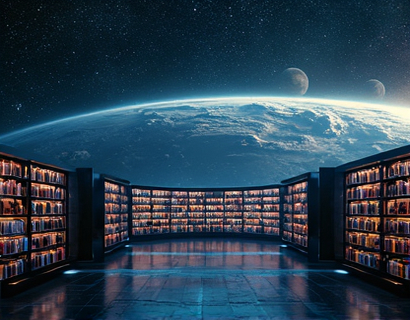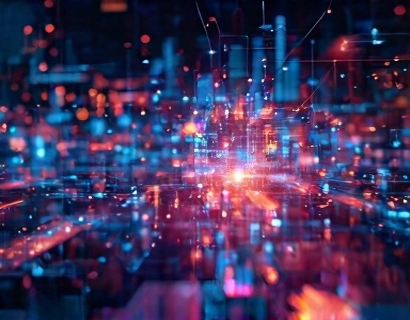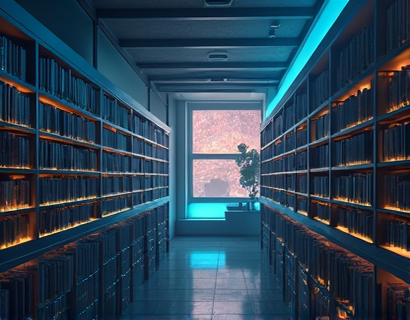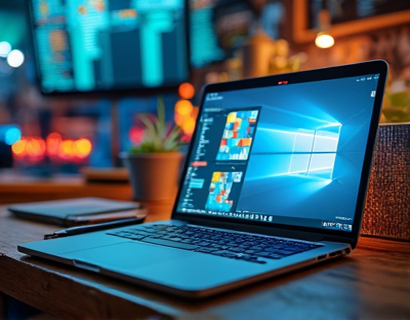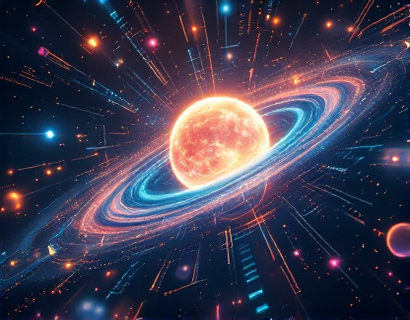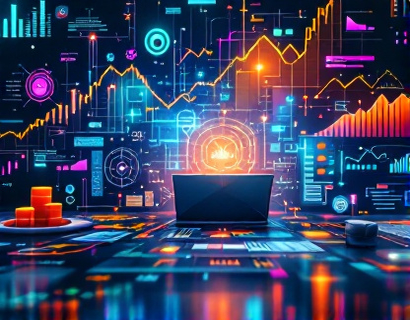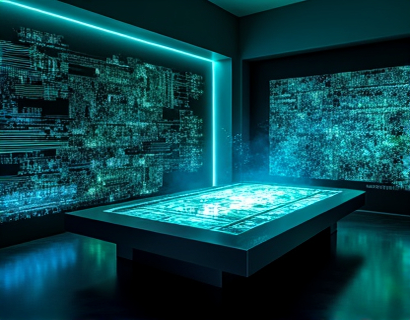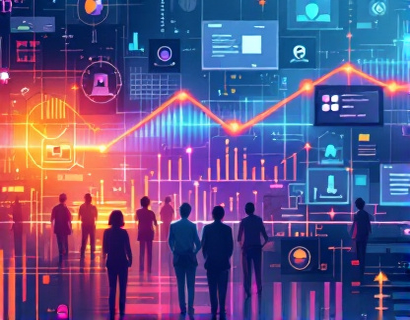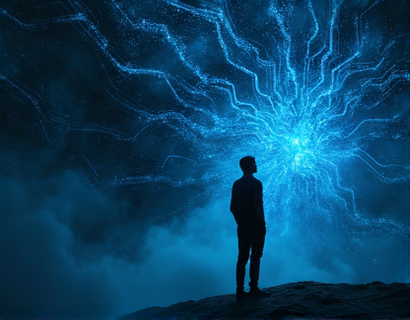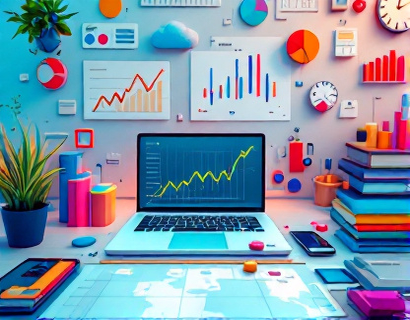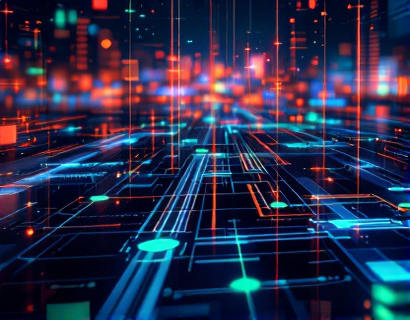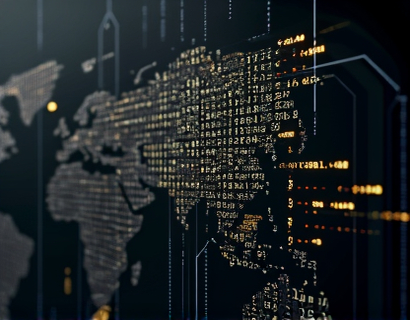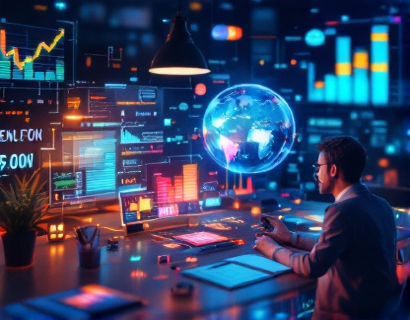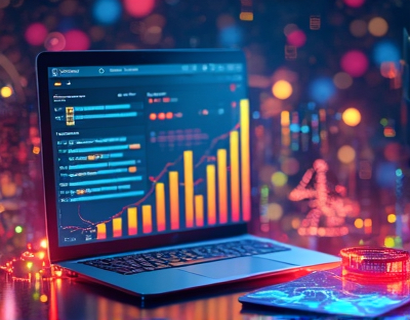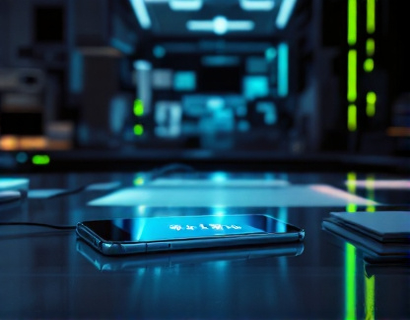AI-Driven Exploration: Uncovering Egypt's Ancient Secrets
The integration of artificial intelligence in archaeological research has opened new avenues for understanding the ancient civilizations of Egypt. This technology, when applied to the study of Egypt's rich history, offers unprecedented insights into the daily lives, beliefs, and achievements of its ancient inhabitants. Through sophisticated algorithms and machine learning, researchers can analyze vast amounts of data, from textual records to archaeological findings, to piece together a more comprehensive picture of this fascinating culture.
Historical Context and AI Applications
Egypt's history spans over 30 centuries, with each era leaving behind a wealth of artifacts and textual evidence. The application of AI in this context involves several key areas, including image recognition, natural language processing, and predictive modeling. Image recognition technology, for instance, can identify and classify artifacts based on their visual characteristics, helping to catalog and study collections more efficiently. Natural language processing enables the analysis of ancient texts, such as hieroglyphic inscriptions and papyri, to decode meanings and contexts that might have been lost over time.
Predictive modeling, another powerful tool, allows archaeologists to forecast potential excavation sites by analyzing patterns from known sites. This not only optimizes the search for new discoveries but also minimizes the impact on the environment and preserves the integrity of the sites. AI-driven drones and ground-penetrating radar further enhance the exploration process, providing detailed maps and 3D models of underground structures without the need for invasive digging.
Decoding Hieroglyphs and Textual Records
One of the most significant challenges in studying ancient Egypt is the decipherment of hieroglyphs. AI has made remarkable progress in this area, with algorithms capable of recognizing and translating hieroglyphic texts with increasing accuracy. These systems learn from vast databases of translated texts, improving their performance over time. The ability to quickly and accurately translate ancient texts opens up new possibilities for researchers, allowing them to access a broader range of historical documents and gain deeper insights into Egyptian society.
Moreover, AI can help in the restoration and preservation of damaged texts. By analyzing the remaining legible parts of a text, AI algorithms can predict and fill in missing sections, effectively "completing" fragmented inscriptions. This technology is particularly valuable for texts that are too fragile to handle manually, ensuring that more of Egypt's written heritage is preserved for future generations.
Exploring Archaeological Sites with AI
The application of AI extends beyond textual analysis to the exploration of archaeological sites themselves. Virtual reality (VR) and augmented reality (AR) technologies, powered by AI, allow researchers and enthusiasts to explore ancient sites in unprecedented detail. These immersive experiences provide a 360-degree view of temples, tombs, and other structures, often reconstructed based on archaeological data. Users can walk through these virtual environments, gaining a sense of the scale and grandeur of ancient Egyptian architecture.
AI-driven simulations can also recreate historical events and daily life scenarios, offering a dynamic and interactive learning experience. For example, an AI simulation might recreate the bustling streets of ancient Thebes, showing merchants going about their daily business, priests performing rituals, and citizens engaging in various activities. These simulations are not only educational but also captivating, making the study of ancient Egypt accessible to a wider audience.
Collaborative Research and Data Sharing
The use of AI in Egyptology has also facilitated greater collaboration among researchers worldwide. Cloud-based platforms and AI tools enable the sharing and analysis of data in real-time, breaking down geographical barriers and fostering a more interconnected research community. This collaborative approach accelerates the pace of discovery and ensures that findings are verified and validated by multiple experts.
Open-access databases and AI-powered analysis tools make it possible for researchers to contribute to and benefit from a collective body of knowledge. This democratization of information is crucial for advancing our understanding of ancient Egypt, as it allows for a more diverse range of perspectives and expertise to be brought to bear on complex research questions.
Authentic Artifact Shopping Experience
For those who wish to bring a piece of ancient Egypt into their homes, a curated selection of authentic Egyptian artifacts is available. These items are sourced from reputable collectors and institutions, ensuring their authenticity and historical significance. Each artifact comes with detailed documentation, including its origin, historical context, and any relevant research findings. This transparency allows buyers to make informed decisions and appreciate the cultural and historical value of their purchases.
The selection includes a variety of items, such as replicas of ancient jewelry, pottery, and tools, as well as more significant pieces like small statues and decorative objects. These artifacts are not only beautiful but also serve as tangible connections to a civilization that has captivated the imagination of people for millennia. By owning a piece of Egypt's past, individuals can support the preservation of cultural heritage and contribute to the ongoing study and appreciation of this ancient culture.
Selecting Authentic Artifacts
Ensuring the authenticity of Egyptian artifacts is crucial for both collectors and researchers. Reputable sources, such as museums, academic institutions, and certified dealers, are the best places to find genuine items. When purchasing from these sources, look for detailed provenance information, which traces the artifact's history from its discovery to the present. Authentic artifacts often come with certificates of authenticity and may have been exhibited or studied by experts in the field.
It is also important to be wary of overly cheap or too-perfect items, as these may indicate forgery. Genuine artifacts often show signs of wear and age, reflecting their long history. Consulting with experts or conducting thorough research can help verify the authenticity of a piece. Additionally, supporting ethical and legal practices in the artifact trade contributes to the preservation of Egypt's cultural heritage.
Conclusion
The combination of AI technology and the study of ancient Egypt represents a powerful synergy that enhances our understanding of this remarkable civilization. From deciphering hieroglyphs to exploring archaeological sites, AI tools provide valuable insights and streamline the research process. For those interested in bringing a piece of this history into their lives, a curated selection of authentic artifacts offers a unique opportunity to connect with Egypt's rich legacy.
As technology continues to advance, the potential for new discoveries and deeper understanding grows. The integration of AI in Egyptology is just the beginning, promising to unlock even more secrets of the past and inspire future generations of explorers and scholars.





